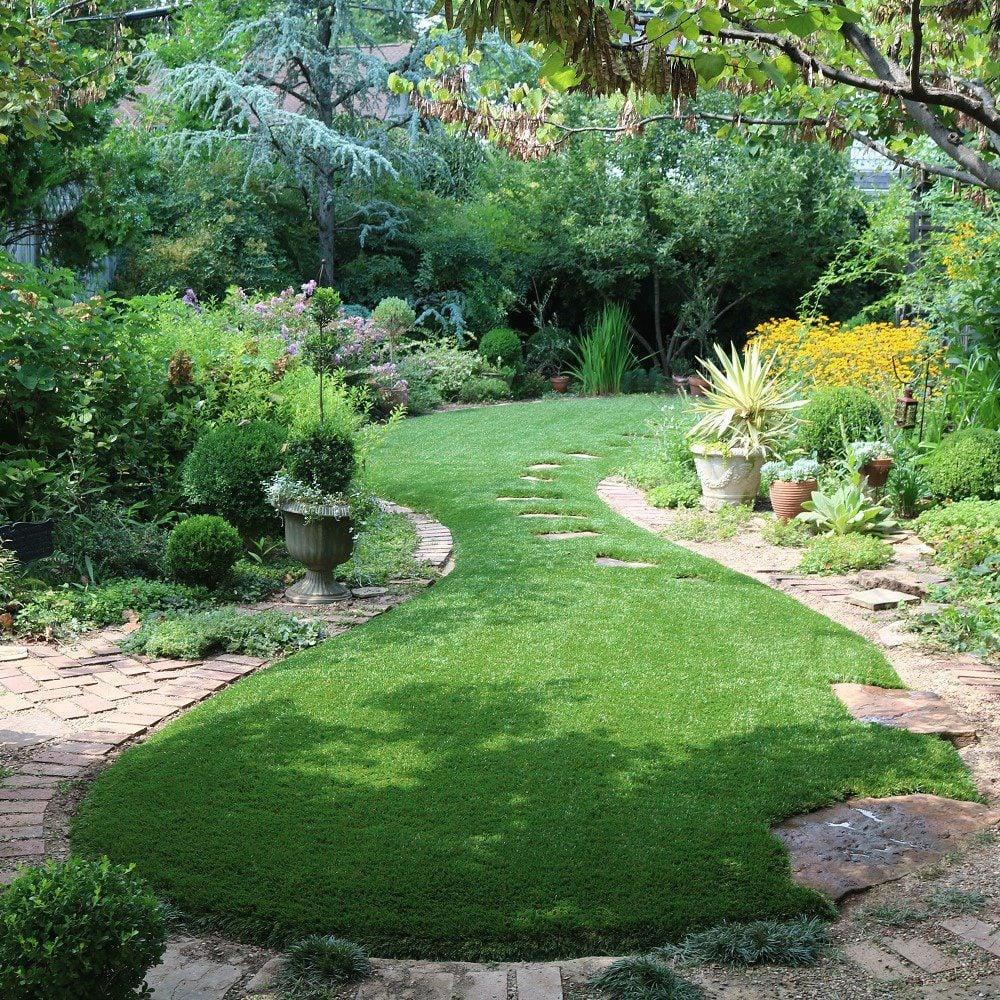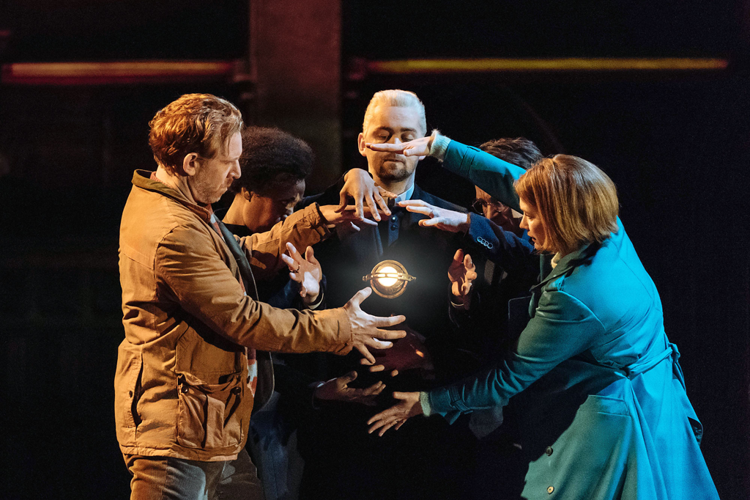Events
The Experience
Merch
Ομάδες
Σελίδες
περισσότερα
The Evolution of Artificial Grass: From Sports Fields to Residential Lawns

Artificial grass has come a long way since its humble beginnings in the 1960s. What started as a practical solution for indoor sports arenas has evolved into a versatile, eco-friendly, and aesthetically pleasing landscaping option for homes, businesses, and public spaces worldwide. Over the decades, advancements in materials, technology, and installation methods have transformed artificial grass from a rough, plastic-looking surface into a lush, realistic alternative to natural turf. Let’s explore how artificial grass evolved from sports fields to residential lawns and why it continues to gain popularity.
1. The Early Days: Artificial Turf in Sports
The story of artificial grass began in 1965 when the first synthetic turf, known as “AstroTurf,” was installed in the Houston Astrodome. At the time, maintaining real grass indoors was nearly impossible due to poor sunlight and ventilation. AstroTurf offered a durable, low-maintenance solution that allowed players to perform year-round without worrying about muddy or uneven fields.
However, the early versions of artificial turf were far from perfect. Made from short, stiff nylon fibers, they looked and felt unnatural, often causing skin abrasions and higher injury risks for athletes. Despite these drawbacks, artificial turf gained popularity across various sports facilities because it was practical, cost-effective, and easy to maintain.
2. The 1980s and 1990s: Technological Improvements
By the 1980s, technological innovation began to improve both the appearance and performance of artificial grass. Manufacturers started using polyethylene and polypropylene — softer, more flexible materials that better mimicked natural grass. The addition of sand and rubber infill helped stabilize the turf and improve shock absorption, making it safer for players.
During this time, artificial turf expanded beyond football and baseball stadiums into tennis courts, field hockey pitches, and golf greens. The enhanced comfort, consistency, and weather resistance made it a preferred choice for many professional sports organizations.
Still, artificial turf remained largely confined to sports applications, as its cost and industrial look made it less appealing for residential use.
3. The 2000s: Artificial Grass Enters the Residential Market
The early 2000s marked a turning point. As technology advanced, manufacturers began producing artificial grass that was softer, more natural-looking, and available in various shades of green. This realistic appearance, combined with rising concerns over water conservation and lawn maintenance, opened the door to residential applications.
Homeowners started realizing that artificial grass could offer year-round beauty without the hassles of mowing, watering, or fertilizing. It became especially popular in regions with water restrictions, drought-prone areas, and urban settings where maintaining real grass was challenging.
From front lawns to rooftop gardens and poolside areas, artificial grass became a landscaping revolution — offering beauty, functionality, and sustainability.
4. The Rise of Eco-Friendly Artificial Turf
As environmental awareness grew, so did the demand for eco-conscious turf products. Modern artificial grass is now designed with sustainability in mind — many brands use recyclable materials and non-toxic infill options. Additionally, artificial turf eliminates the need for chemical fertilizers and pesticides, reducing environmental pollution.
The long-term water savings are also significant. According to studies, artificial lawns can save thousands of gallons of water annually compared to natural lawns. This makes synthetic grass an attractive choice for environmentally conscious homeowners and municipalities looking to promote green living.
5. Artificial Grass in Commercial and Public Spaces
Artificial turf’s versatility soon extended to commercial and public environments. Today, you’ll find synthetic grass in schools, parks, playgrounds, office courtyards, shopping centers, and hotels. Businesses use it to create inviting outdoor spaces that require minimal maintenance while maintaining a lush, green appearance year-round.
In urban environments, where green space is limited, artificial grass provides a refreshing touch of nature. Rooftop gardens, balconies, and terraces often use synthetic turf to bring life to concrete-heavy areas — enhancing aesthetics and creating usable recreation zones.
6. Technological Breakthroughs in Modern Turf
Today’s artificial grass is a result of decades of research and innovation. The most advanced products feature multi-layered backings for improved drainage, UV-resistant fibers to prevent fading, and varied blade lengths and textures that replicate the look and feel of real grass.
Some high-end turf systems even include temperature-control technology to keep the surface cooler in direct sunlight — addressing one of the biggest drawbacks of early synthetic turf. The development of eco-friendly infills made from cork, coconut husks, or silica sand has also improved safety and comfort.
As technology continues to advance, artificial grass now delivers exceptional performance for both sports and residential applications, rivaling natural grass in every aspect except maintenance.
7. Artificial Grass and Modern Landscaping Trends
In recent years, landscape designers have embraced artificial grass as a versatile design element. It’s used in creative ways — from modern backyard oases and putting greens to decorative wall panels and pet-friendly play areas.
Artificial turf allows homeowners to experiment with unique designs that would be difficult or costly to achieve with natural grass. It integrates seamlessly with patios, pavers, and garden features, creating a clean, vibrant, and low-maintenance outdoor space that complements modern living.
With lifestyles becoming increasingly fast-paced, homeowners are looking for ways to reduce upkeep without sacrificing beauty — and artificial grass provides the perfect balance.
8. The Future of Artificial Grass
The future looks bright for artificial grass. With continued innovation and environmental improvements, synthetic turf is set to become even more sustainable and realistic. Researchers are developing biodegradable turf systems and recyclable base materials to further reduce environmental impact.
As water scarcity and environmental regulations increase globally, artificial grass is emerging as a practical solution for sustainable landscaping. Its durability, cost-efficiency, and aesthetic appeal ensure it will continue to grow in popularity across residential, commercial, and sports sectors.
Conclusion
From its beginnings in sports arenas to becoming a staple in modern homes and landscapes, artificial grass has undergone a remarkable transformation. What once looked and felt artificial now rivals the beauty of natural lawns — without the burden of constant maintenance.
Whether you’re a homeowner seeking an evergreen lawn, a business owner enhancing outdoor aesthetics, or a sports facility manager aiming for consistent performance, artificial grass offers a reliable, eco-friendly solution.
The evolution of artificial grass is a testament to human innovation — blending technology, sustainability, and design to create the perfect green surface for today’s world.
Verdigrass proudly serves San Jose, San Mateo, Los Altos, and Oakland, offering premium-quality artificial grass solutions for sports fields, residential lawns, and commercial landscapes. Experience lasting beauty and performance with Verdigrass — your trusted local turf expert.





